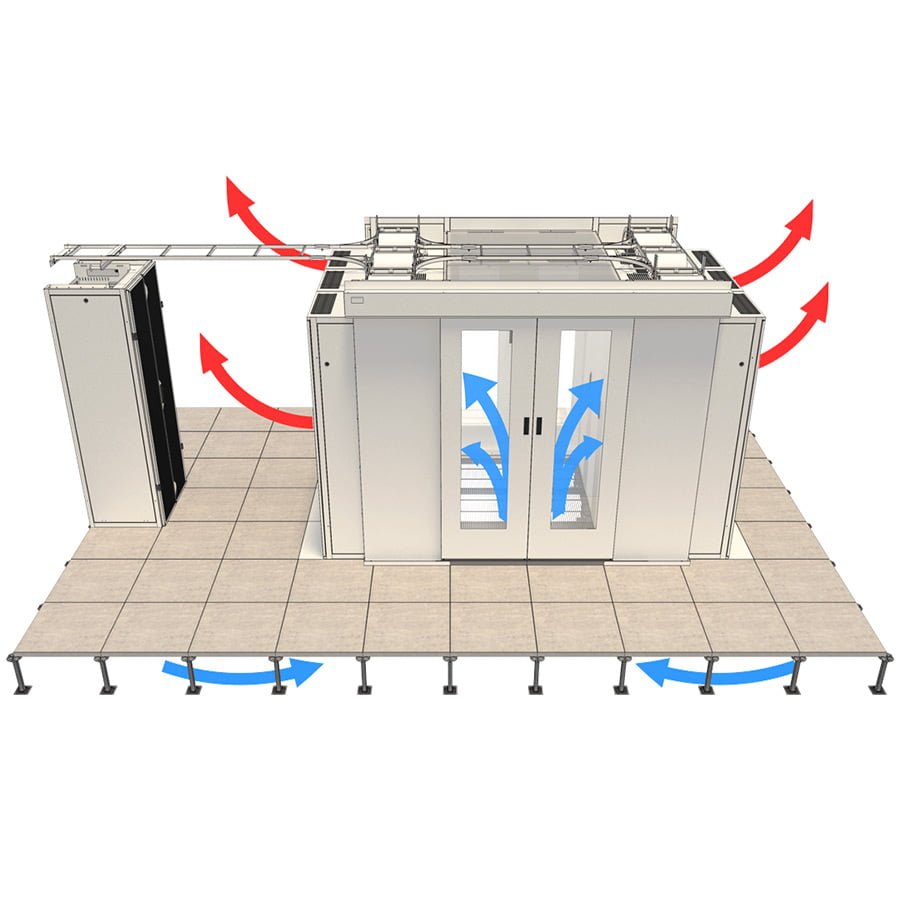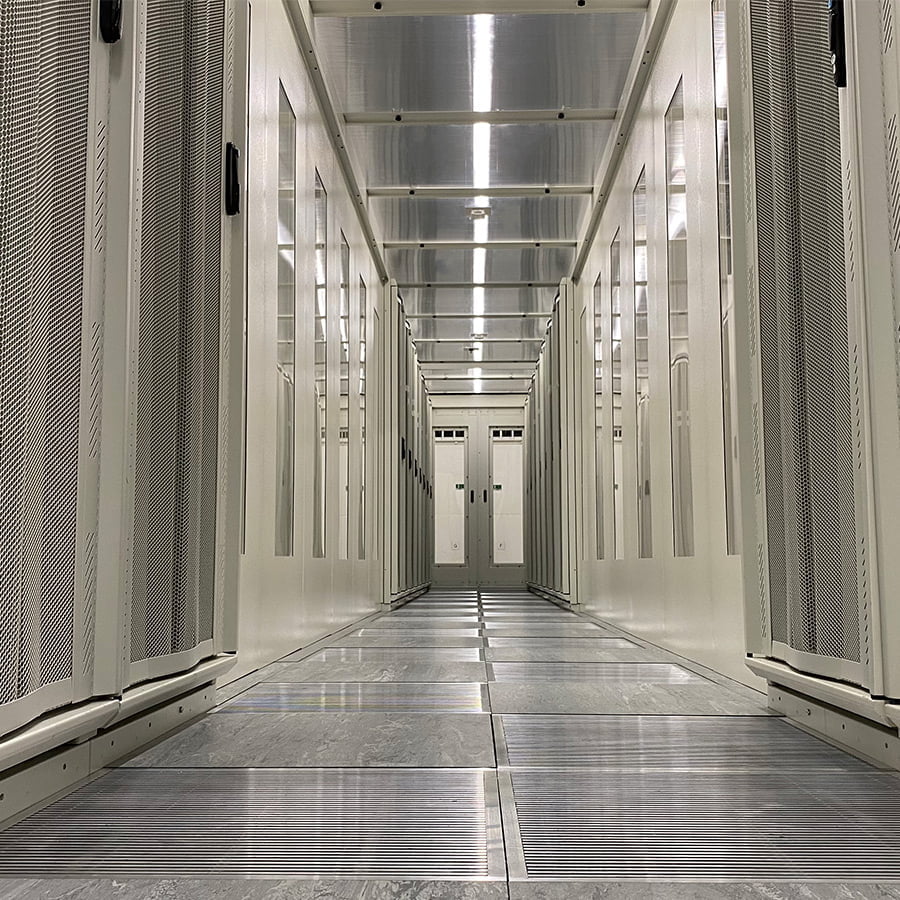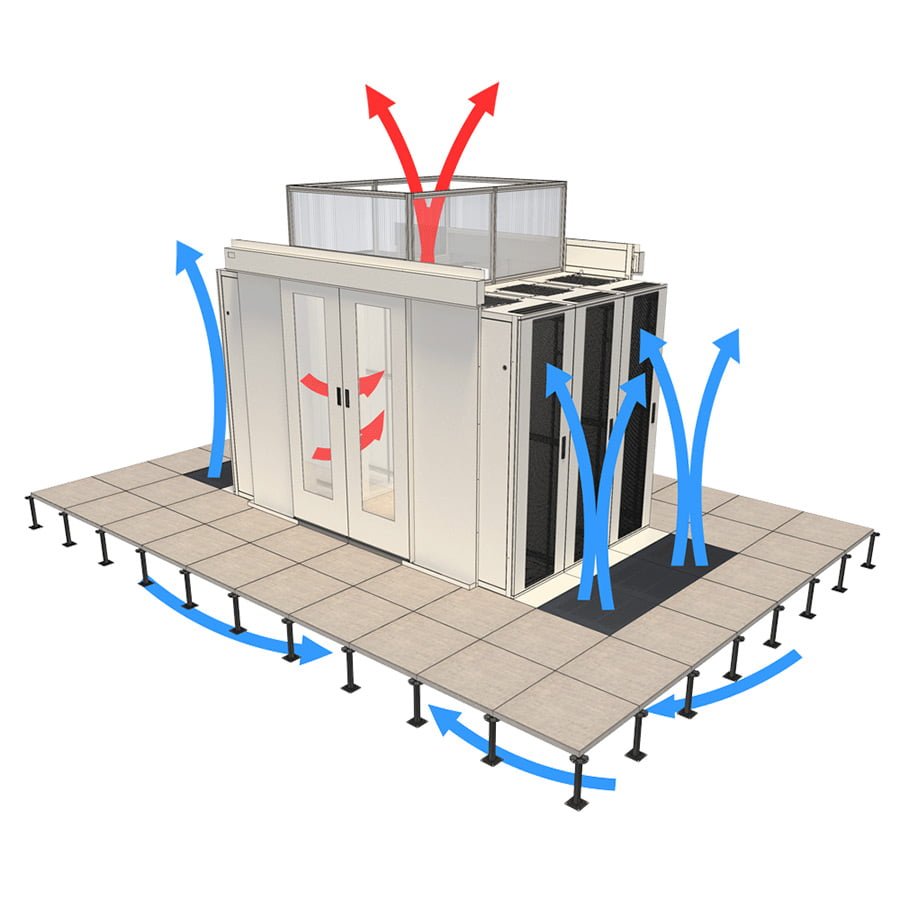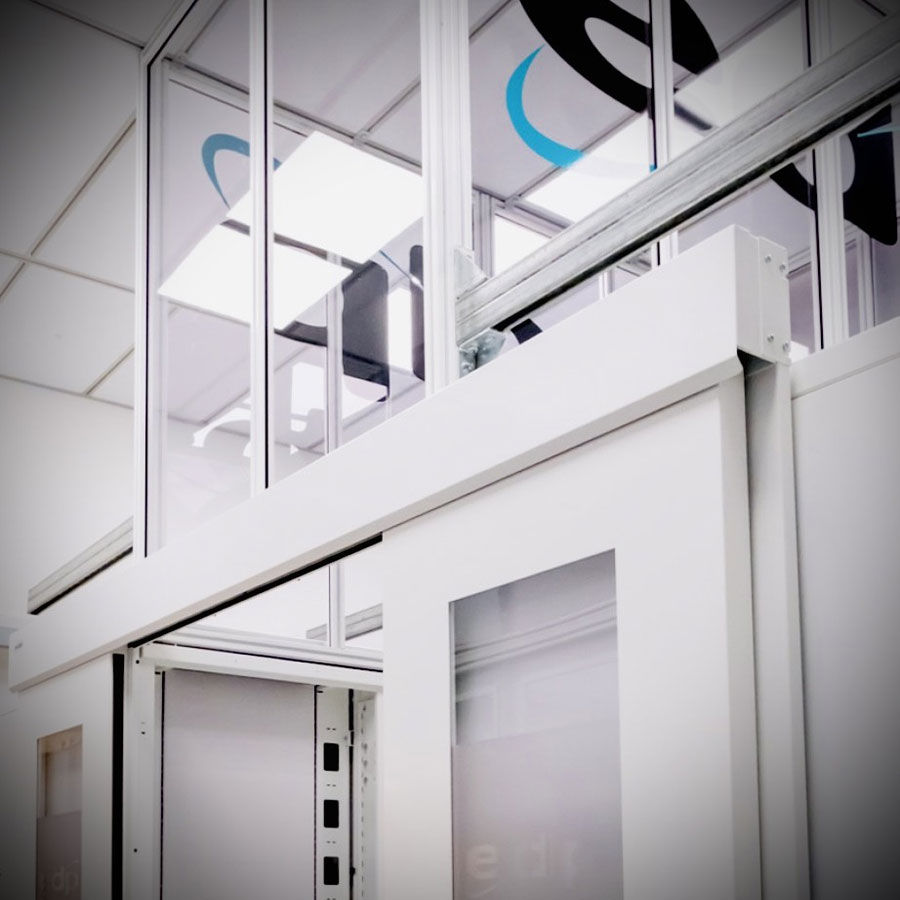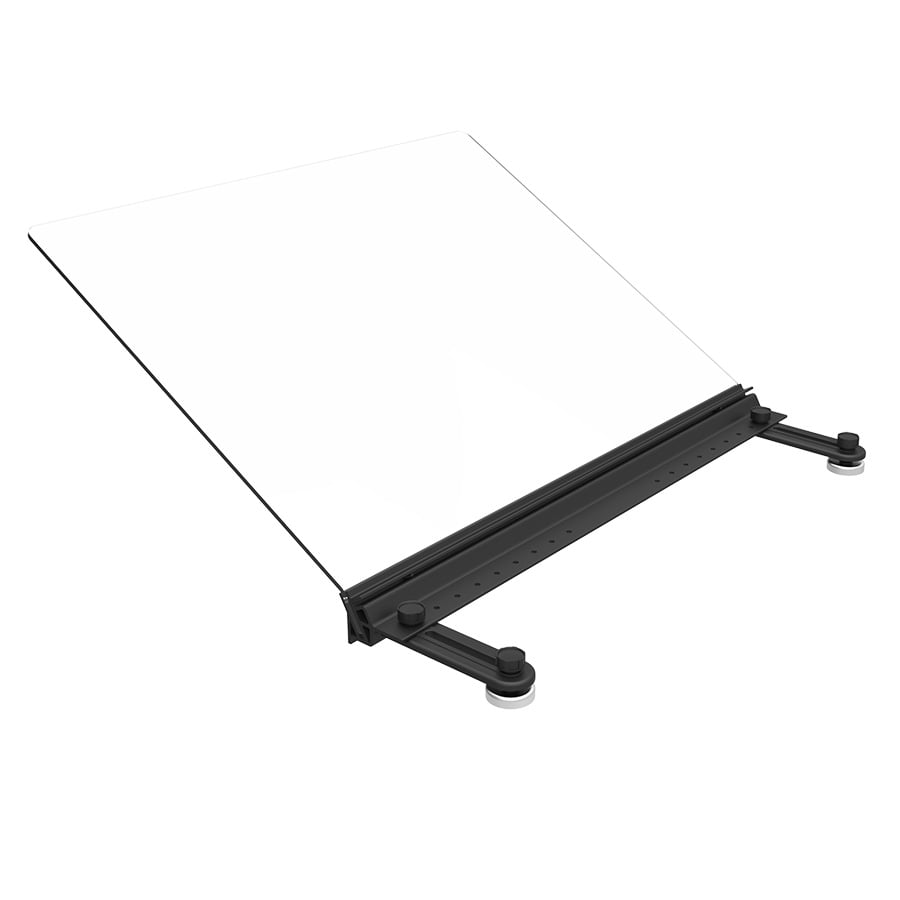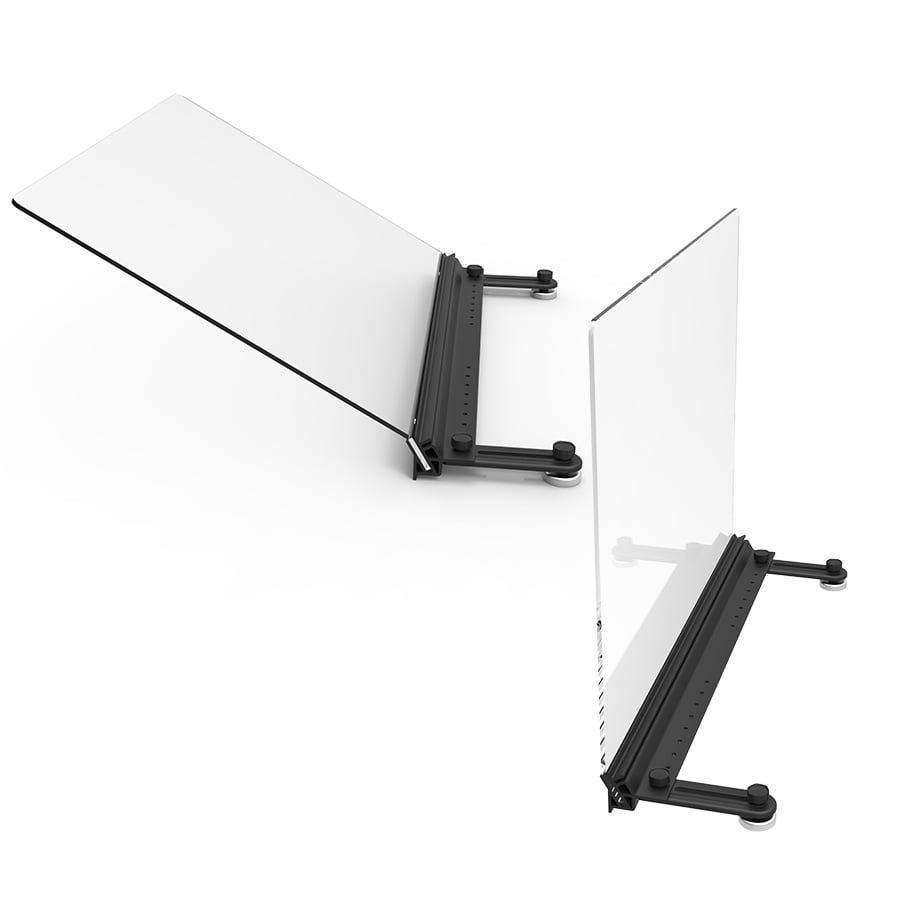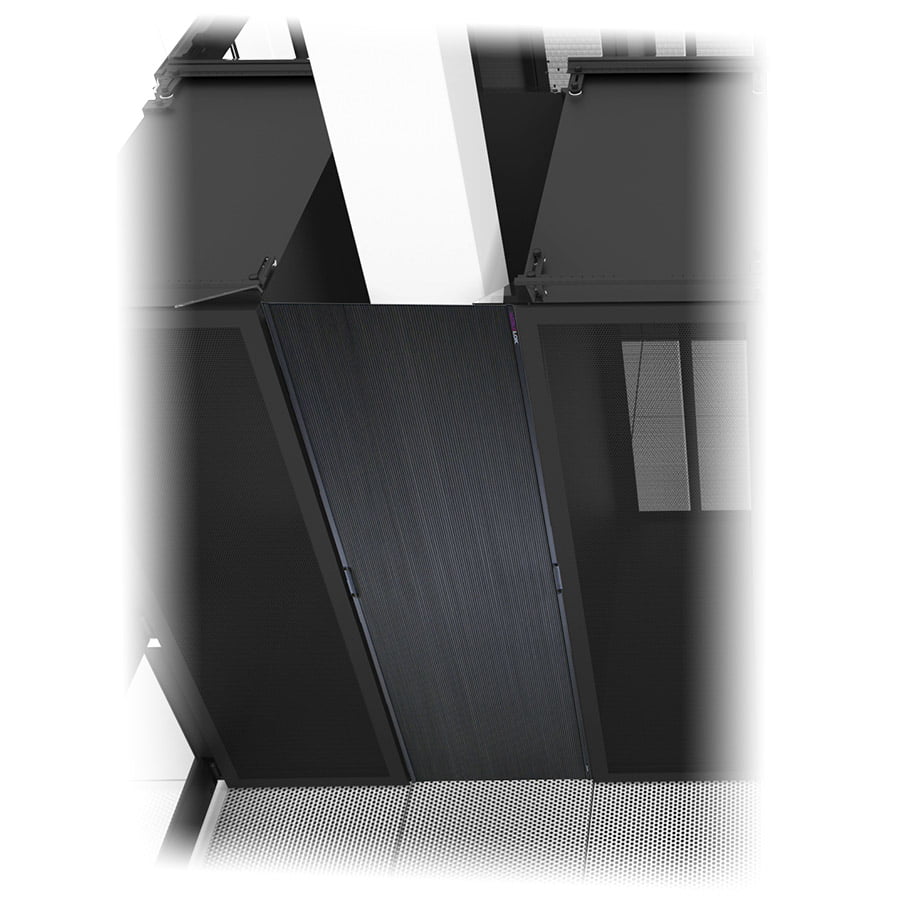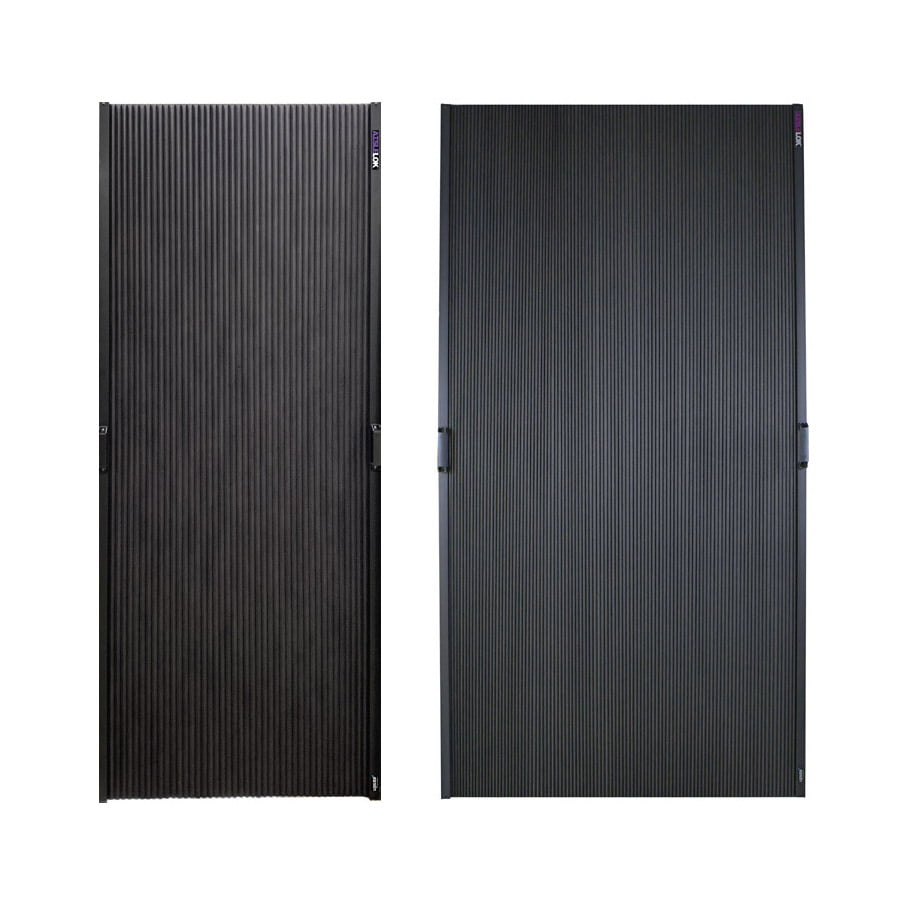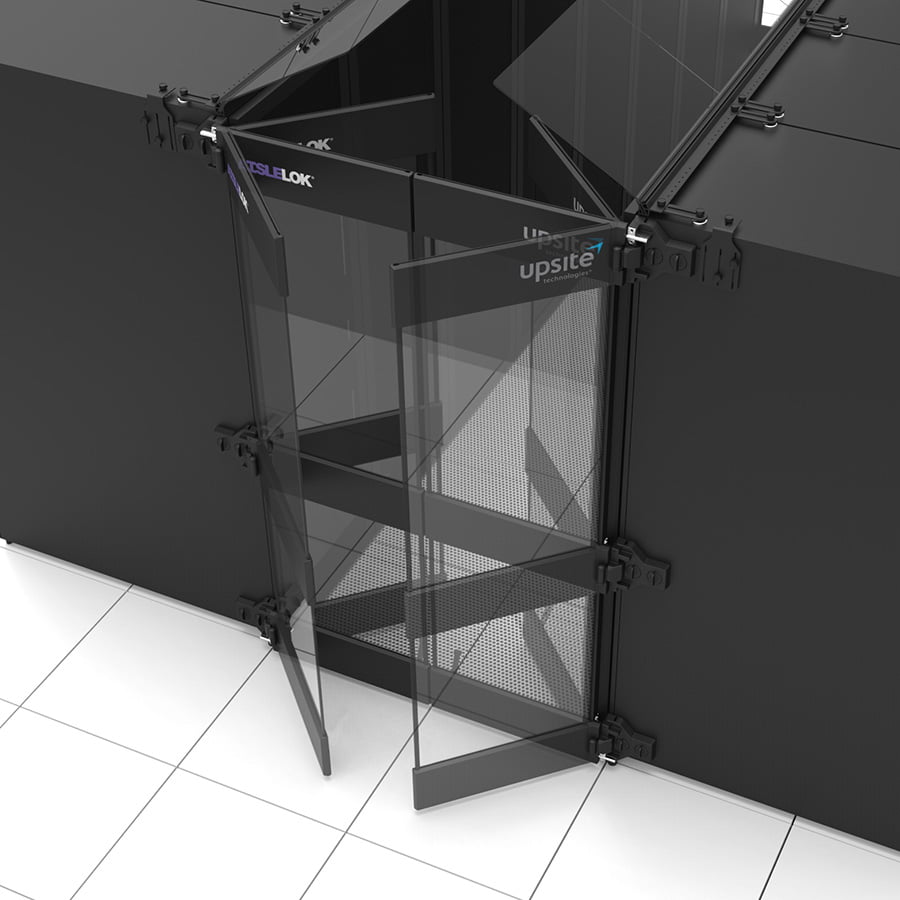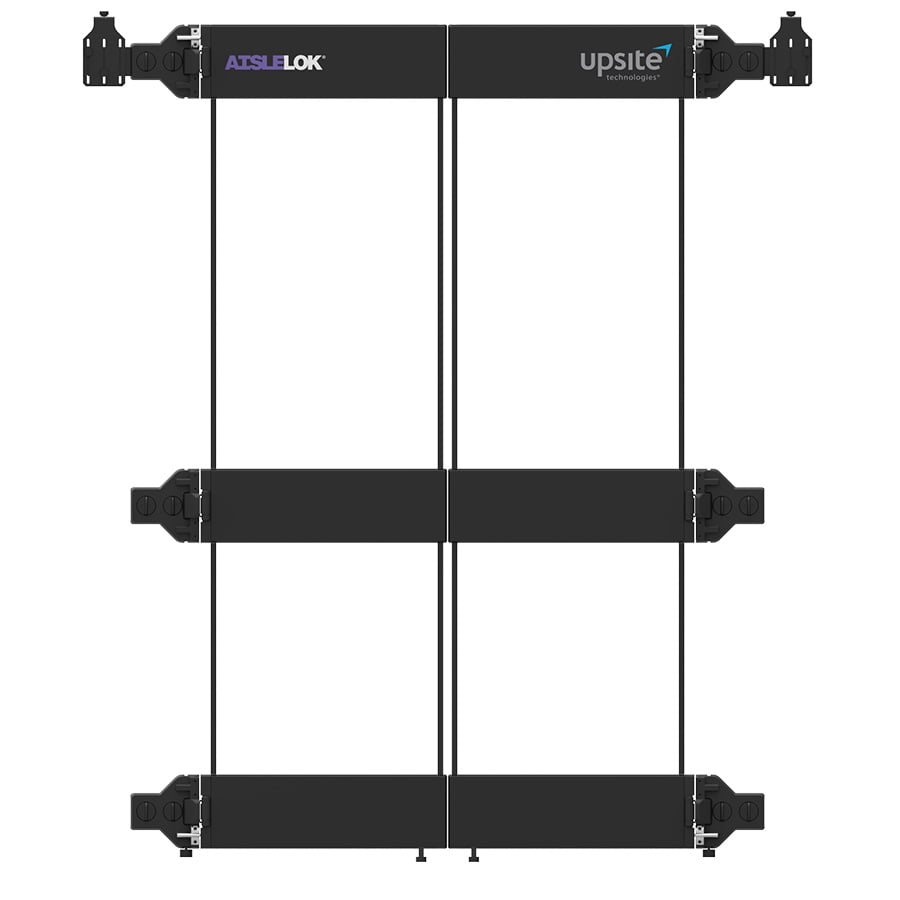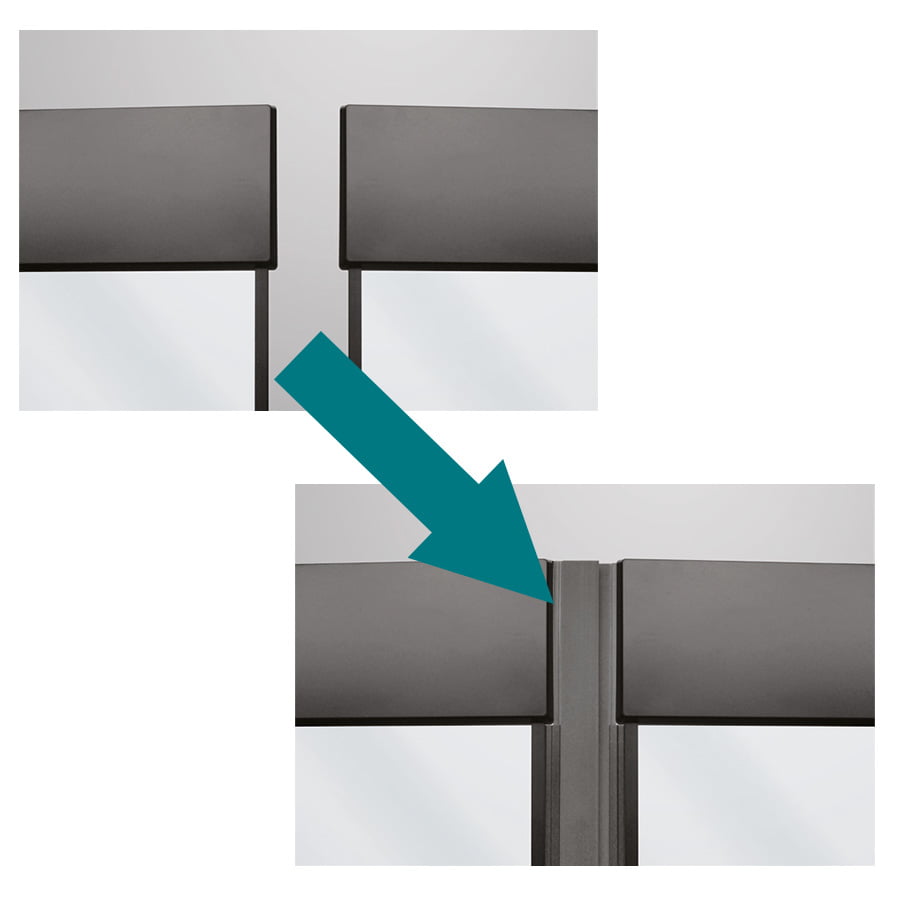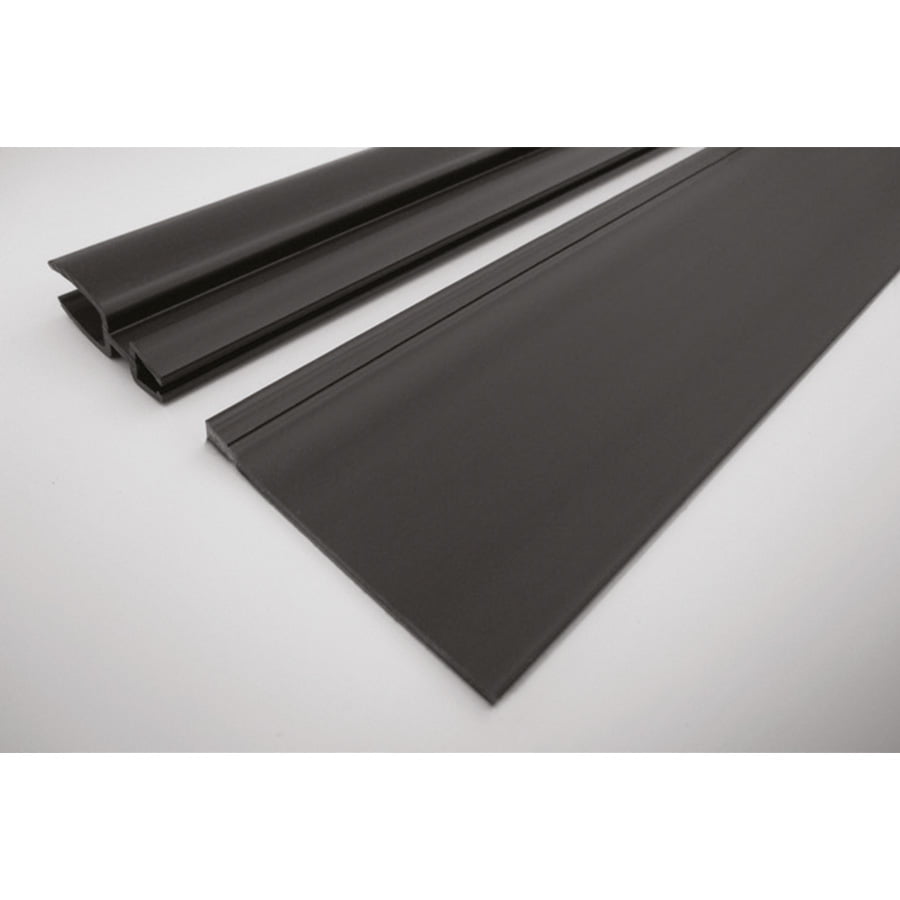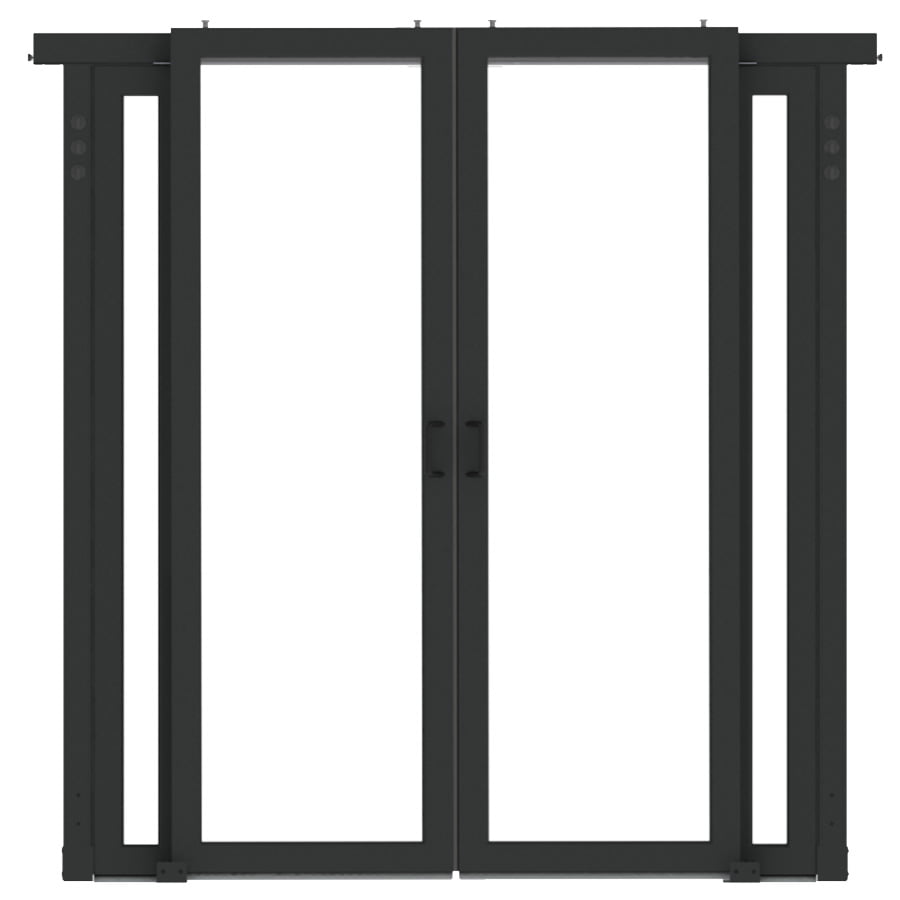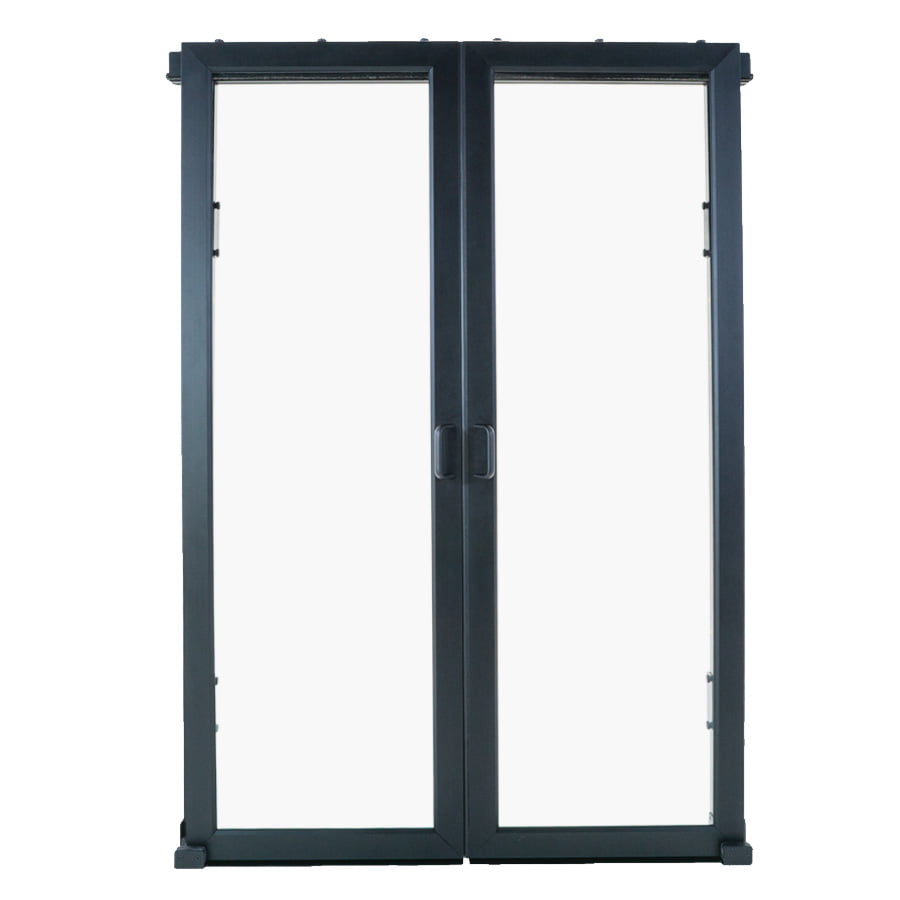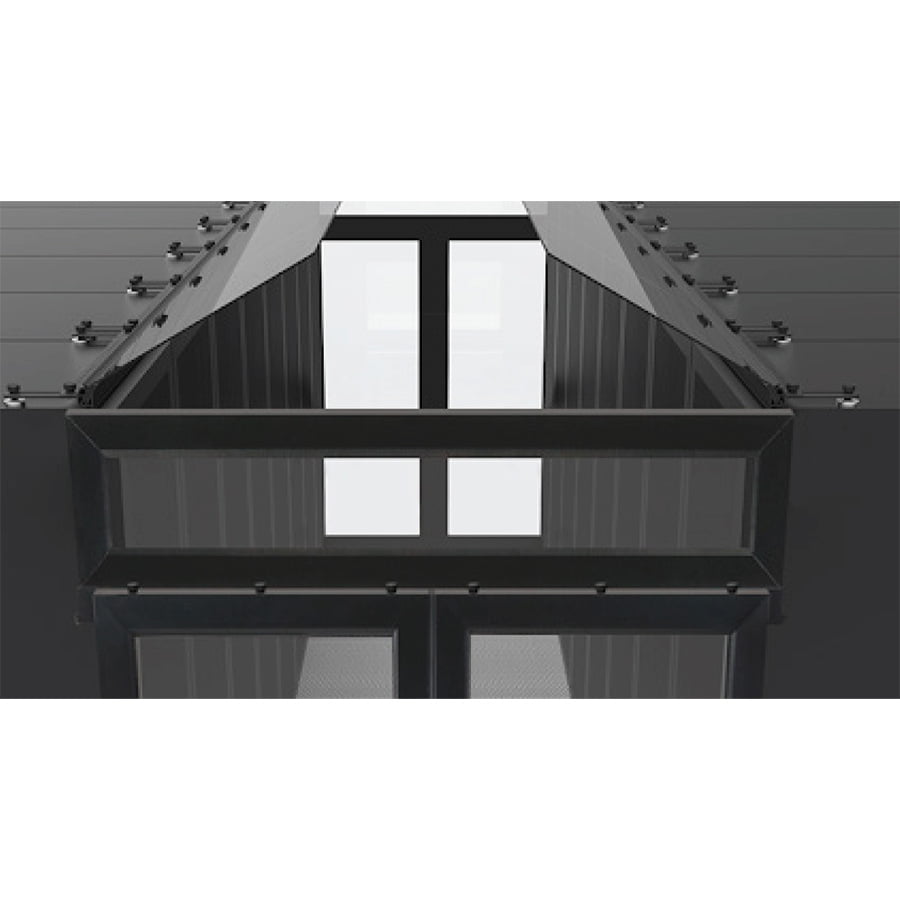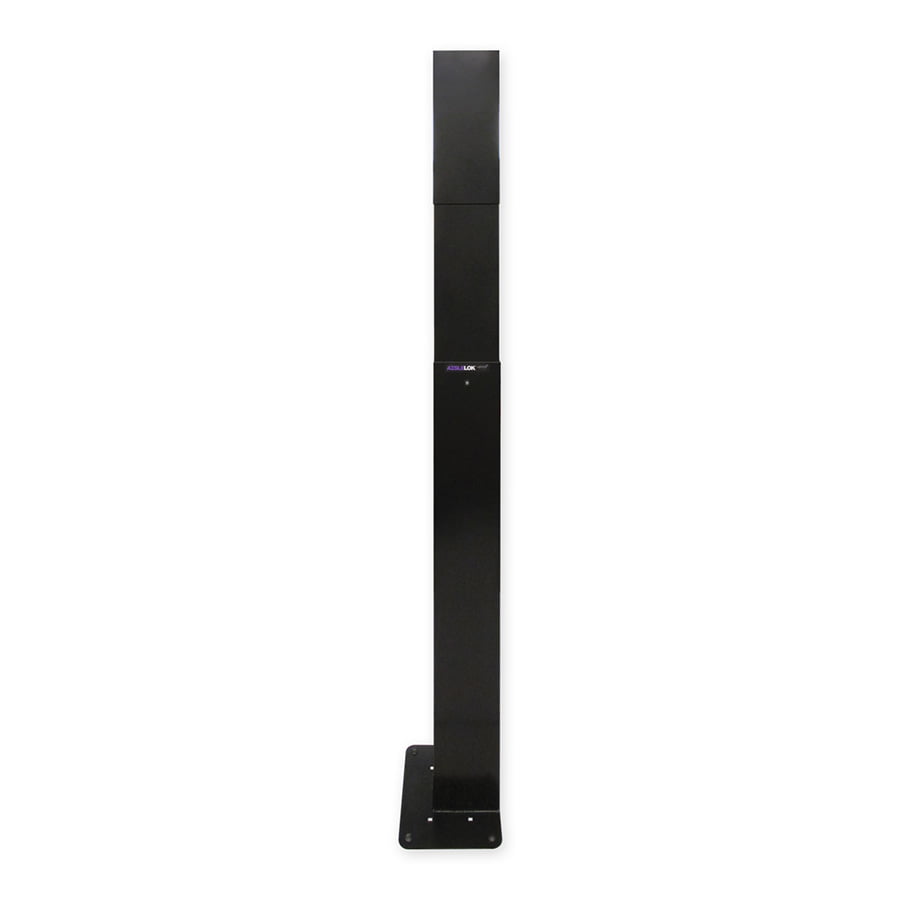Aisle Containment strategically improves airflow management in data centres and helps optimise cooling systems. It physically separates the hot and cold airflow streams found in server rows and prevents them from mixing.
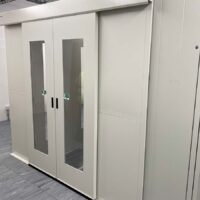 To manage airflow in data centres, teams arrange rows of server cabinets in a hot-aisle-cold-aisle configuration. After establishing this layout, they implement measures at raised floor, rack, and row levels to enhance airflow management. Experts commonly refer to these measures as the 4Rs of Airflow Management.
To manage airflow in data centres, teams arrange rows of server cabinets in a hot-aisle-cold-aisle configuration. After establishing this layout, they implement measures at raised floor, rack, and row levels to enhance airflow management. Experts commonly refer to these measures as the 4Rs of Airflow Management.
The most important part of any airflow management plan is to keep cold air separate from hot air. This means teams should not let the cold air used to cool servers mix with the hot air that servers expel.
At row level, installing an Aisle Containment System (ACS) creates a physical barrier that separates hot and cold airflow. This system creates dedicated “hot aisles” where servers release hot air. It also creates “cold aisles” that only contain cold air that gets drawn in by the servers. By fully separating these two air streams, hot exhaust air cannot flow back into the server intakes. This helps prevent overheating, improves performance, and reduces the risk of hardware failure.
Aisle Containment manages the airflow by ensuring that cooling resources flow precisely where teams direct them. This targeted approach allows data centre operators to remove heat more efficiently and significantly improve overall data centre performance and energy efficiency.

 To manage airflow in data centres, teams arrange rows of server cabinets in a hot-aisle-cold-aisle configuration. After establishing this layout, they implement measures at raised floor, rack, and row levels to enhance airflow management. Experts commonly refer to these measures as the
To manage airflow in data centres, teams arrange rows of server cabinets in a hot-aisle-cold-aisle configuration. After establishing this layout, they implement measures at raised floor, rack, and row levels to enhance airflow management. Experts commonly refer to these measures as the 